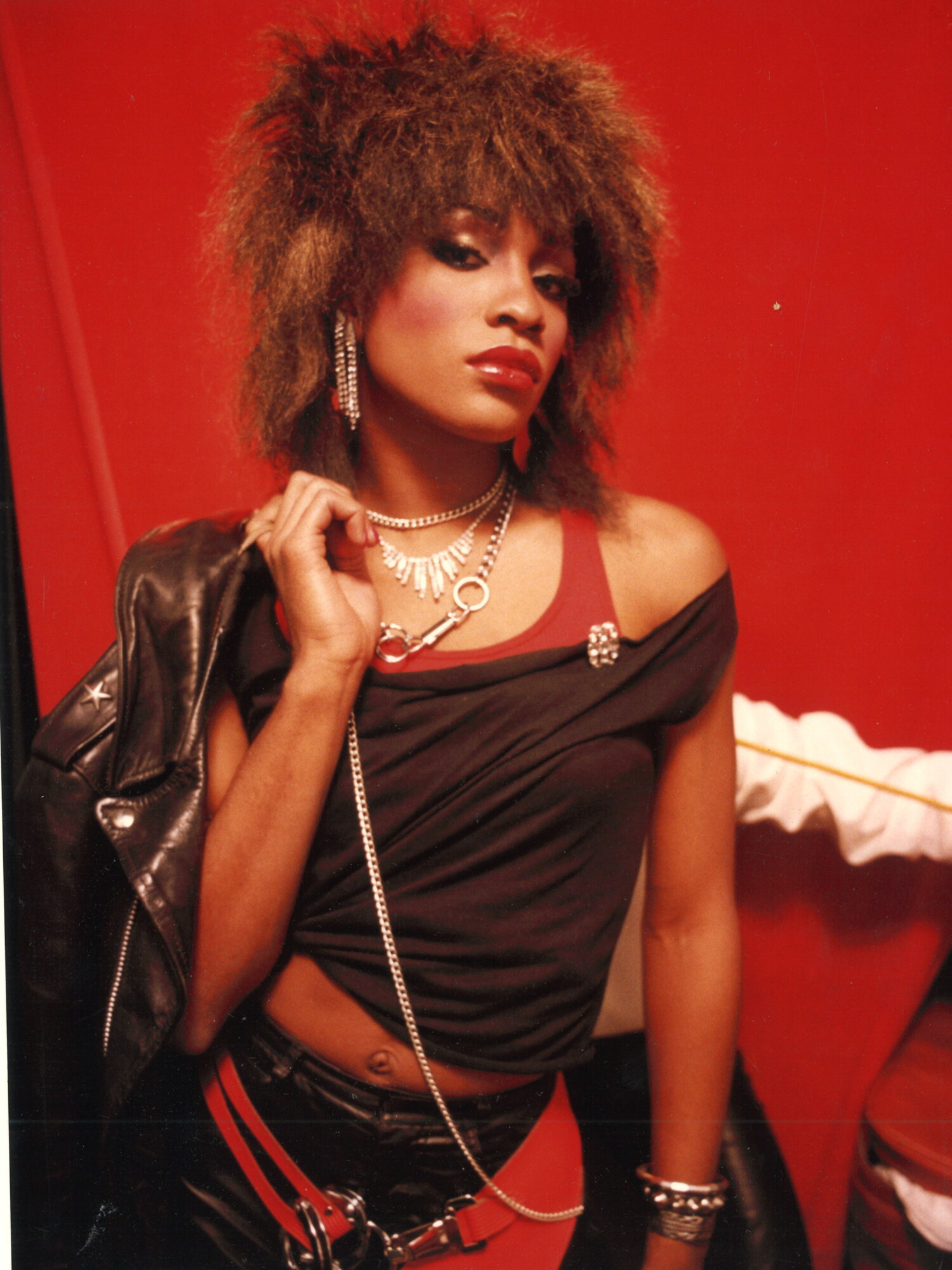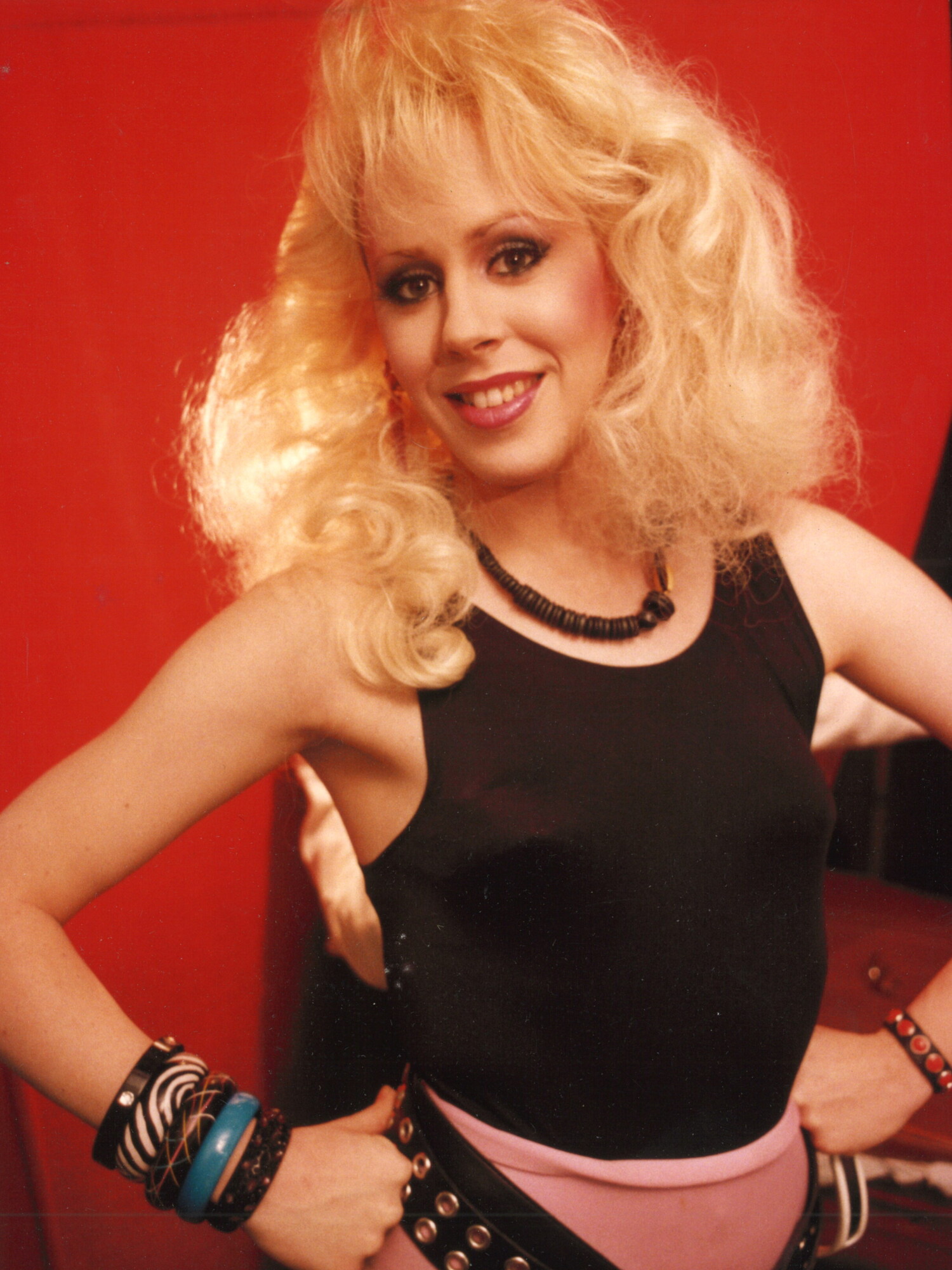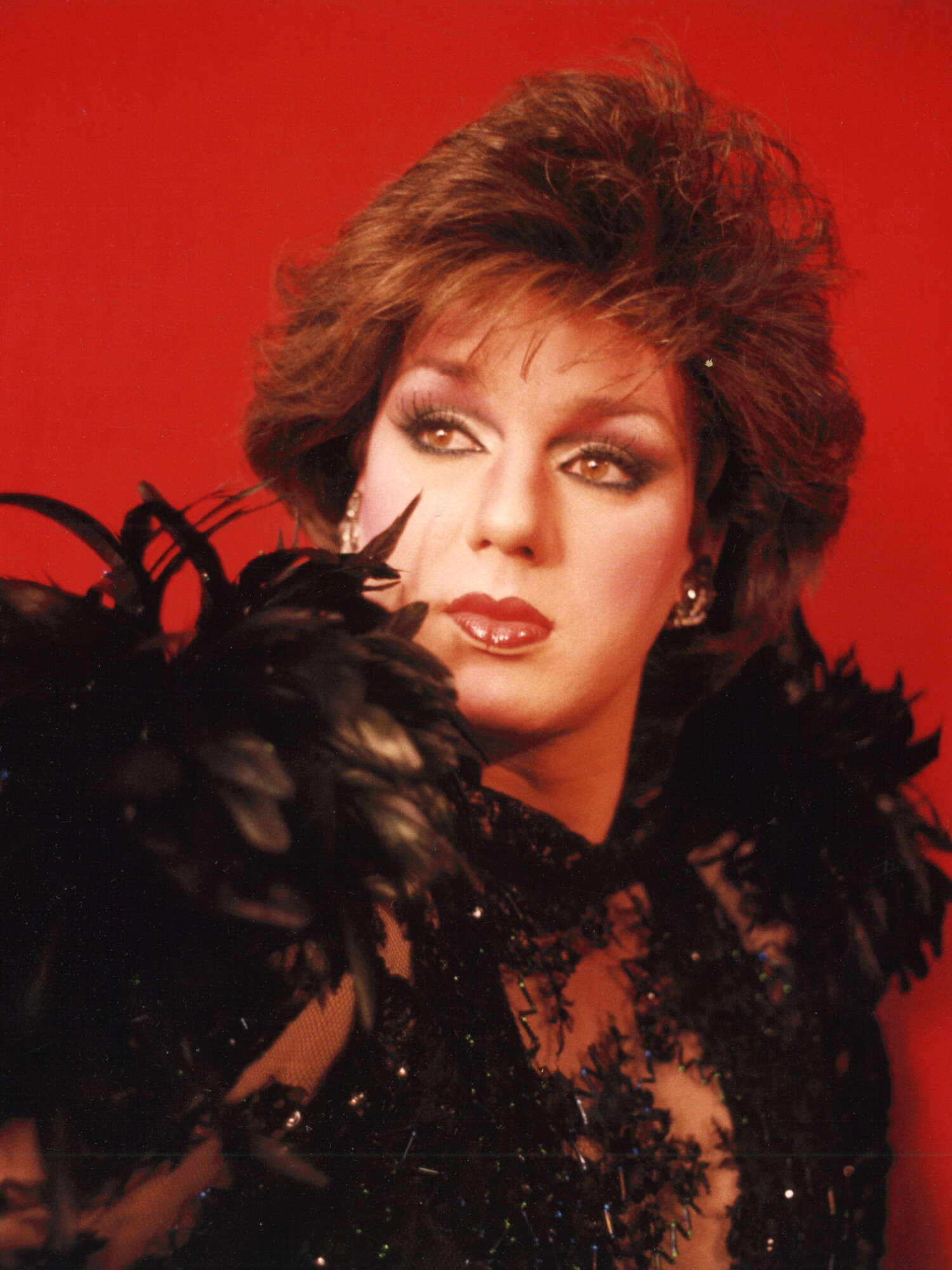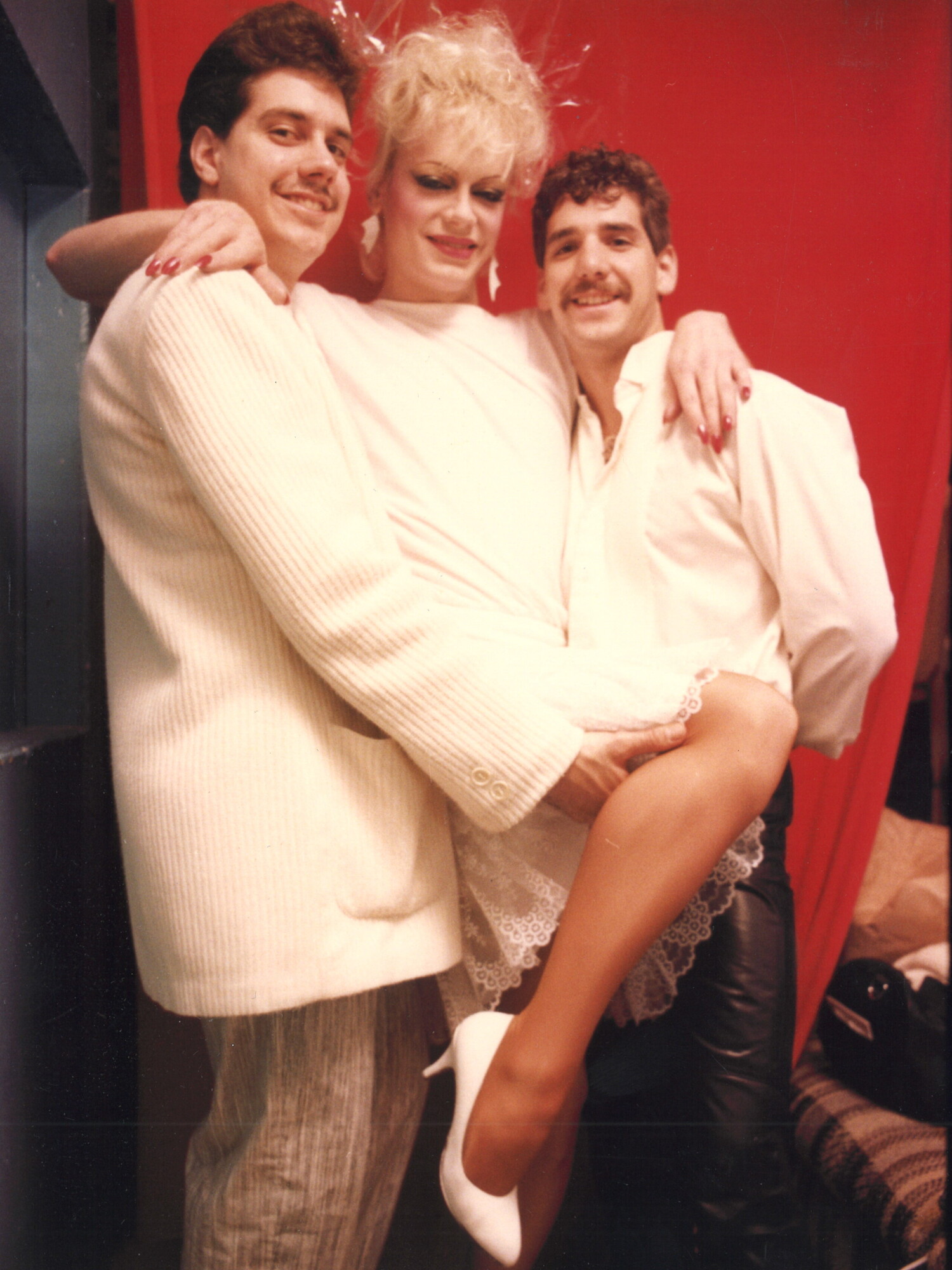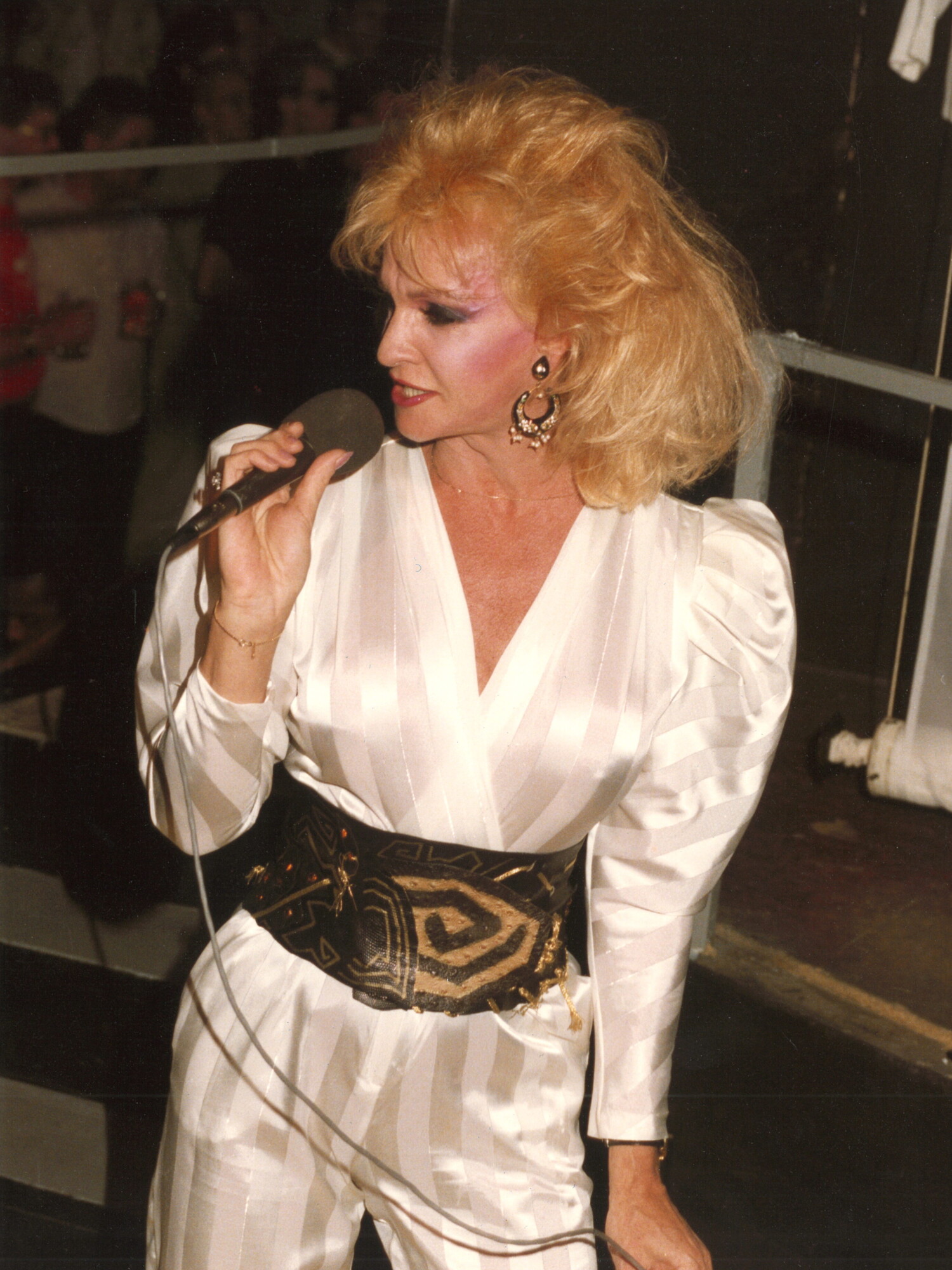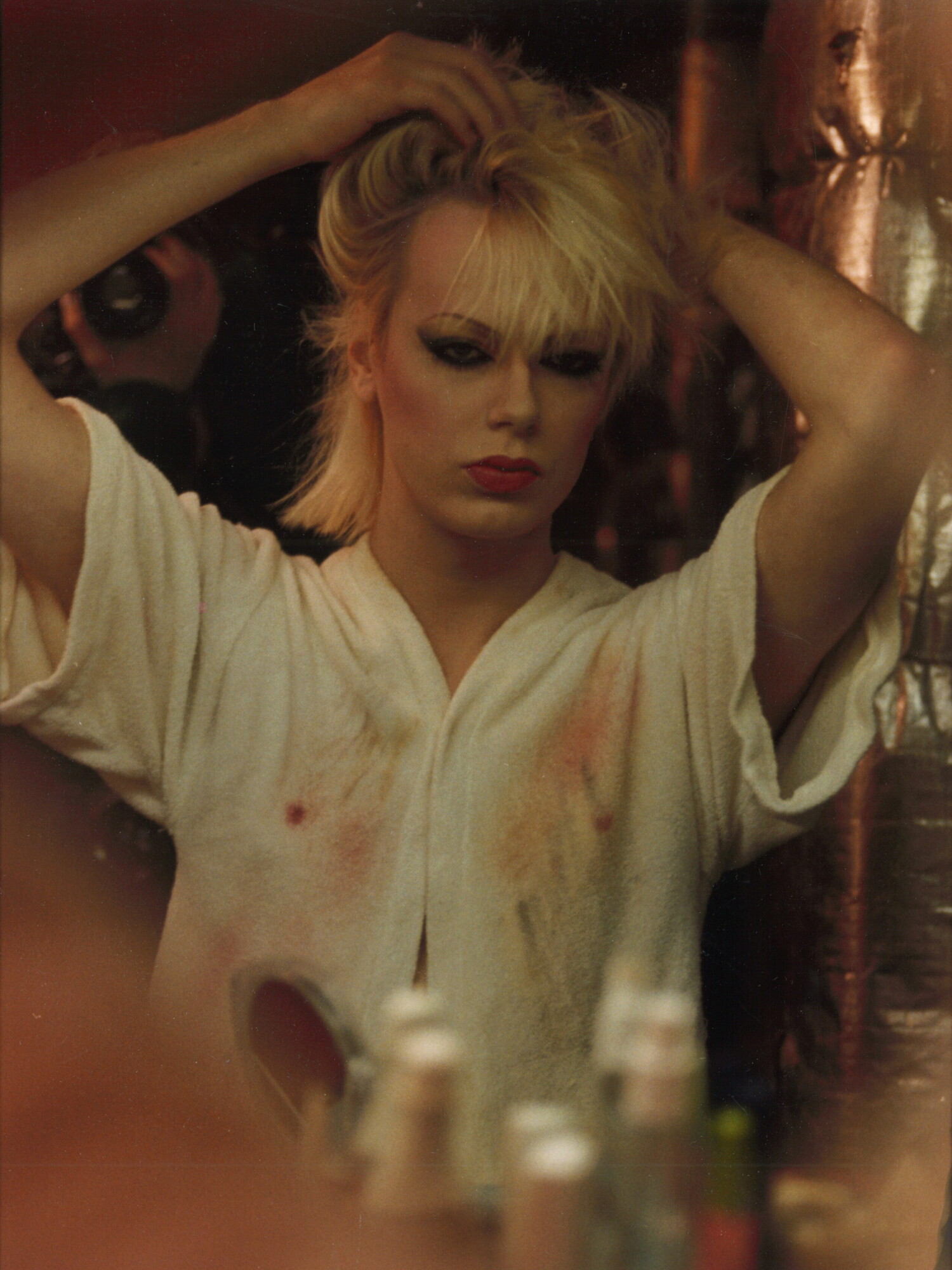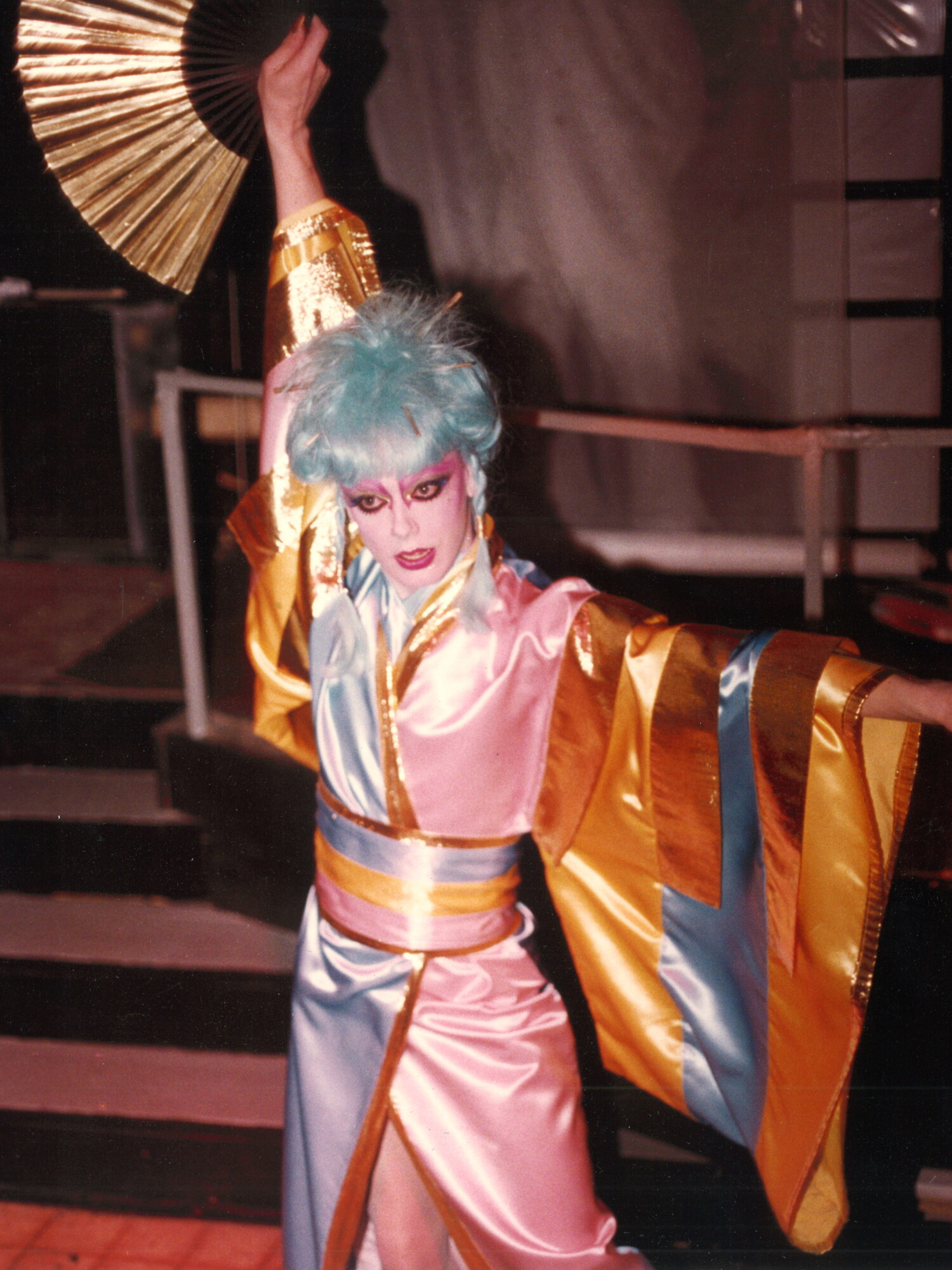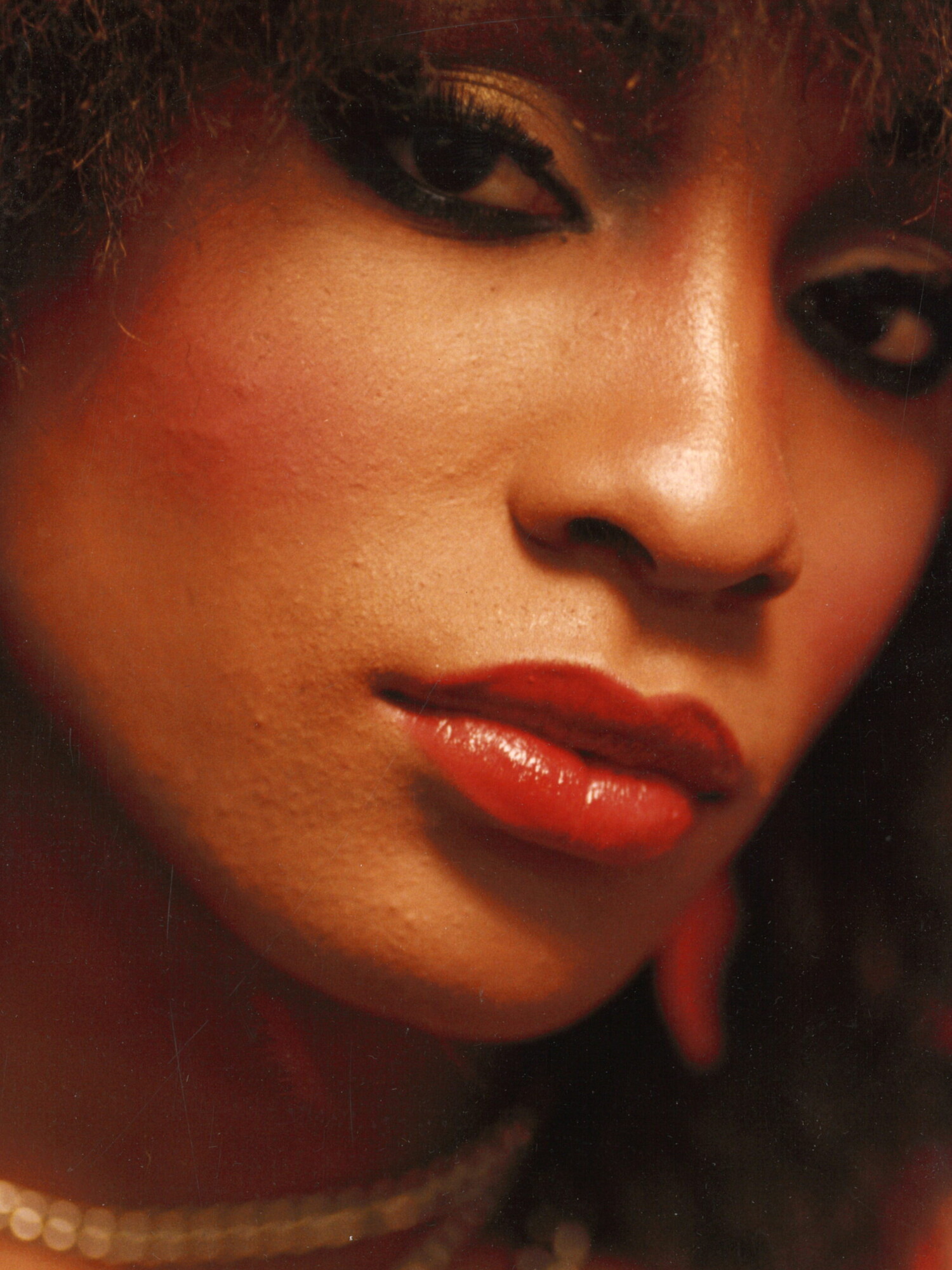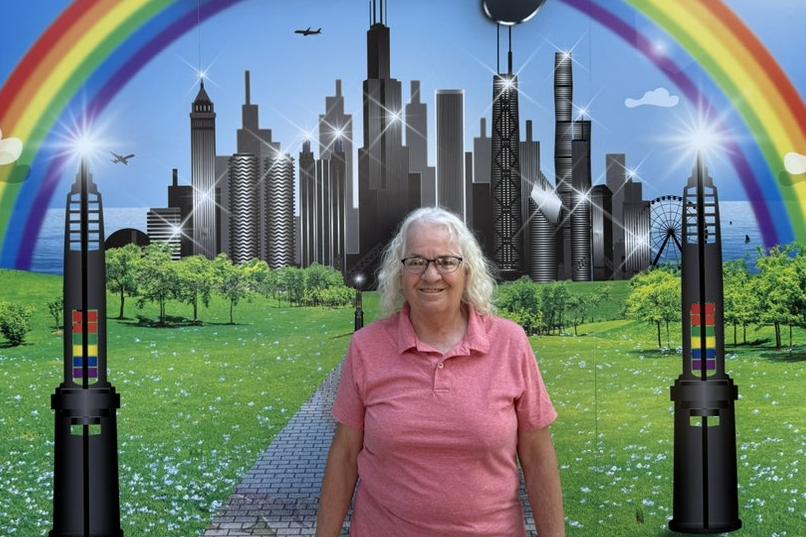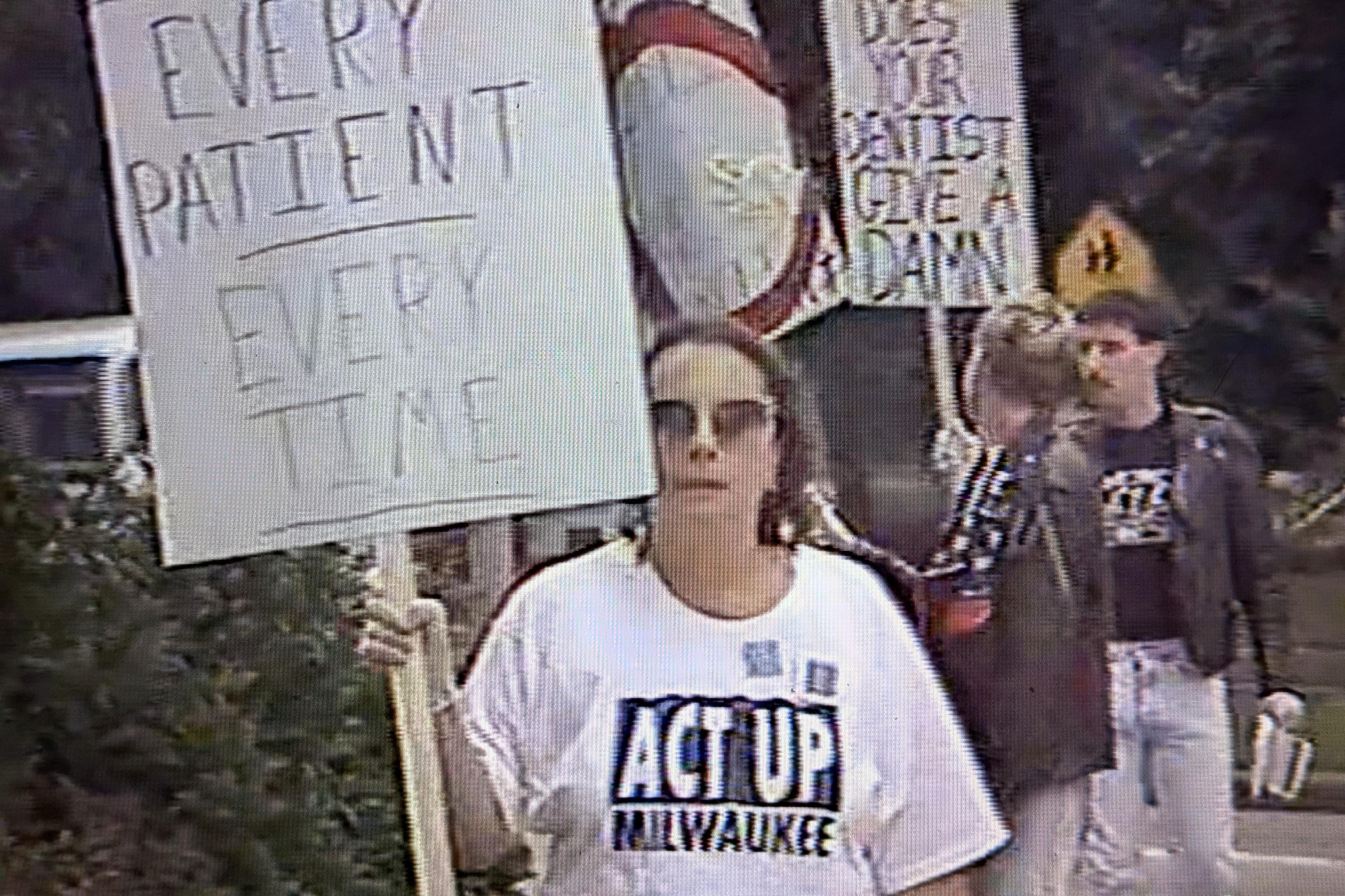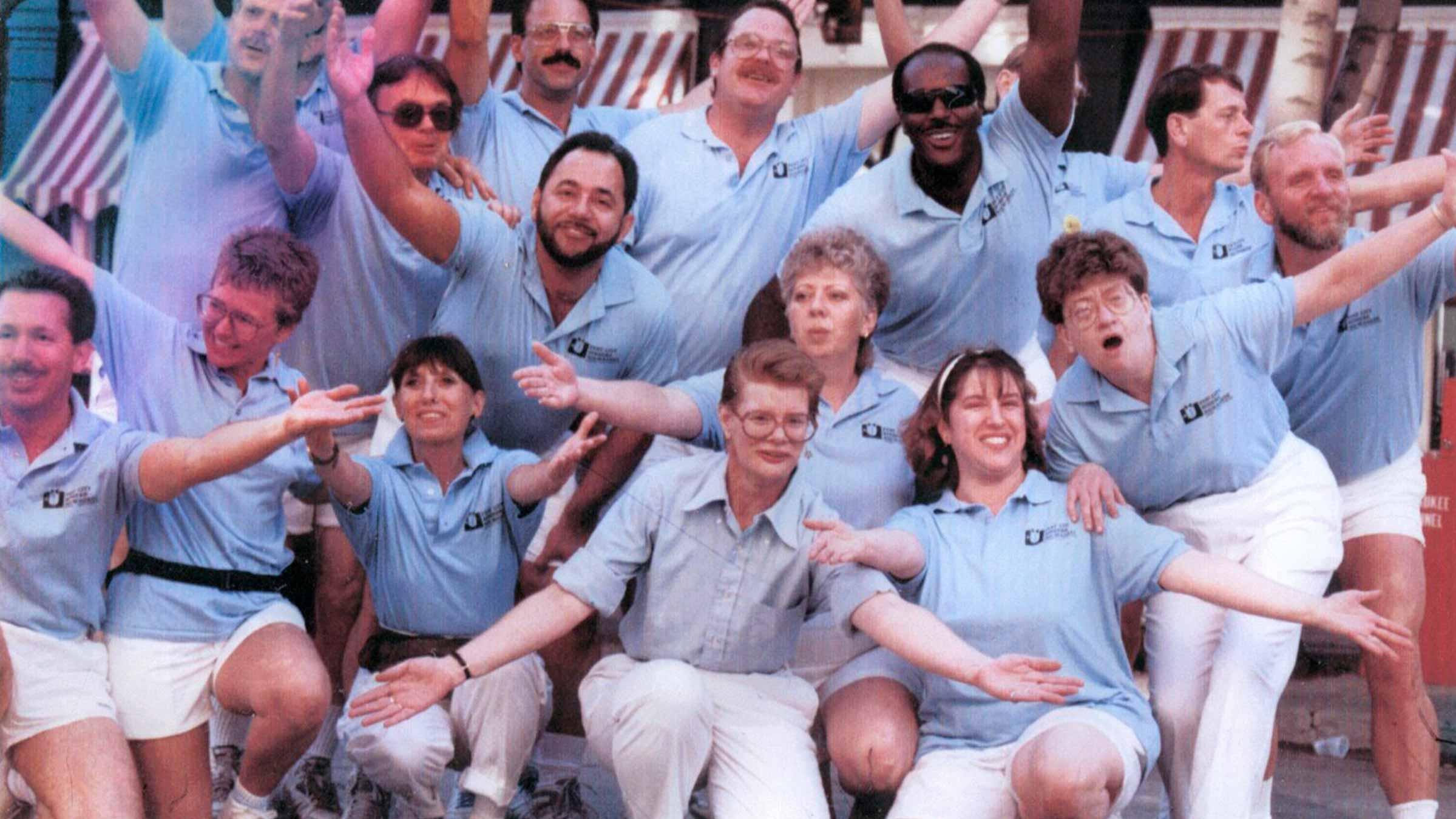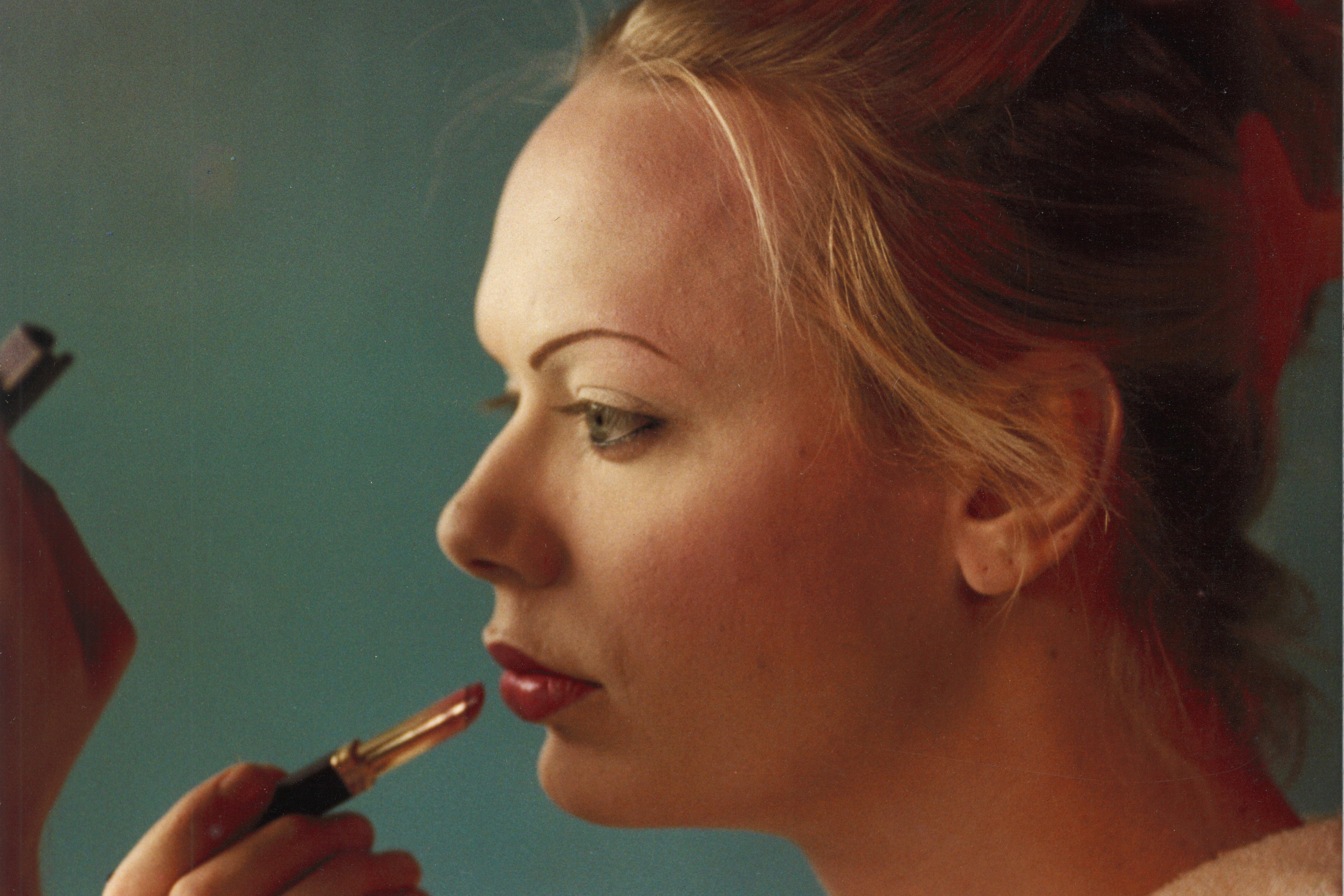
Diana Mixalakopoulou: gorgeous glimpses of the Golden Age of Drag

"I was a stranger—a straight woman intruding on their lives. And their stories were astonishing."
In 1985, Diana Mixalakopoulou photographed the famous Sunday night shows at Club 219. These photos feature icons Ginger Spice, Holly Brown, Candi Stratton, Erica Stevens, and BJ Daniels. And her recollections are another precious piece of the Wisconsin LGBTQ history puzzle.
Diana authorized BJ Daniels to use her photos for the Wisconsin LGBTQ History Project. Initially, BJ scanned these fantastic prints for the book "A History of Milwaukee Drag, 7 Generations of Glamour," and the photos have been a great addition to the Wisconsin LGBTQ History Project archive.
"I kept these photos in my basement for 40 years, and it has always felt wrong for them to be stored away," said Diana. "I thought the Milwaukee County Historical Society might be interested in the hard copies."
Steve Schaffer, the historian she contacted, was thrilled to have them.
To Diana's amazement, the photos she offered were the only documentation the city had of the trans scene. Trans pioneers Holly Brown (1945-1991) and Candi Stratton are depicted in these photos.
"The ball is now rolling," says Diana.
"In high school, most of my closest friends were gay (though I didn't realize it at the time, and who cares?) They were some of the most brilliant people I knew, and I was grateful they included me in their group."
After graduating from Milwaukee Area Technical College with a degree in industrial photography, Diana continued at the University of Wisconsin-Milwaukee, where she sought a Bachelors of Fine Arts in photography.
Her particular inspiration was Diane Arbus, whom she learned about in photo art history class. The honest depictions of the people of New York resonated with the willing student. She also wanted to tell stories about those who may have been on the fringes of Milwaukee society.
"My friend Dan and I met at MATC Photography School. I believe we hit it off immediately because we both didn't fit the stereotypical mold of photography students."
They were more arts-oriented and didn't plan on pursuing a career in industrial photography.
While Diana was studying at UWM, Dan introduced her to the drag scene, and, like her inspiration from Arbus, she was intrigued.
"I went in with no expectations and was completely charmed by the people I met at 219."
She recognized that people were finally starting to express themselves. Anyone could be theatrical, and the wilder, the better. Freddie Mercury, David Bowie, and Prince were tremendously popular; anyone could wear leopard print without batting an eye.
However, according to another friend of hers, the police would wait outside gay clubs to harass people leaving at 2:30 AM.
"Not all sectors of society were open to differences." she laments.
Infamous Milwaukee Police Chief Harold Breier directed his force to be extremely brutal for even the slightest perceived offense in the 1980s. It was a dangerous time to be gay or trans, even though musical artists were flaunting gender-bending roles.
The takeaway from her experience was that all of the performers were all gracious towards her.
"I was a stranger—a straight woman intruding on their lives. They were honest, warm, and straightforward with my questions."
She was able to walk into their lives without suspicion. She went so far as to visit BJ Daniels at his apartment downtown to document his wardrobe.
Diana wisely noted, "Who does this, except those with nothing to lose and everything to gain, if I'm as good as they are?"
"Their stories were astonishing. Despite their difficult lives, they were sweet and wonderful. I admire anyone who faces adversity with determination, honesty, and goodness."
Diana's full collection is now available for viewing at the Milwaukee County Historical Society.
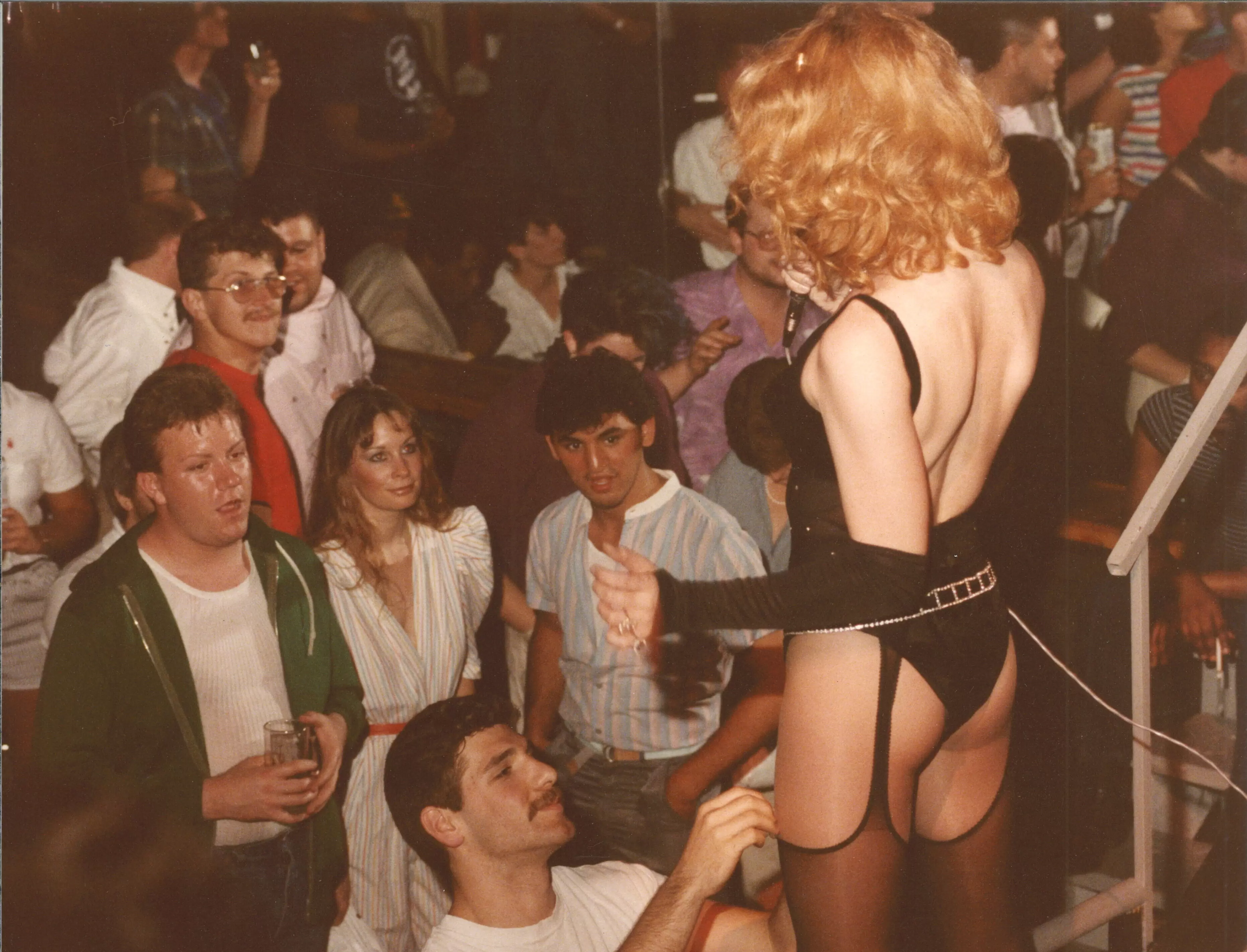 The scene at Club 219
The scene at Club 219
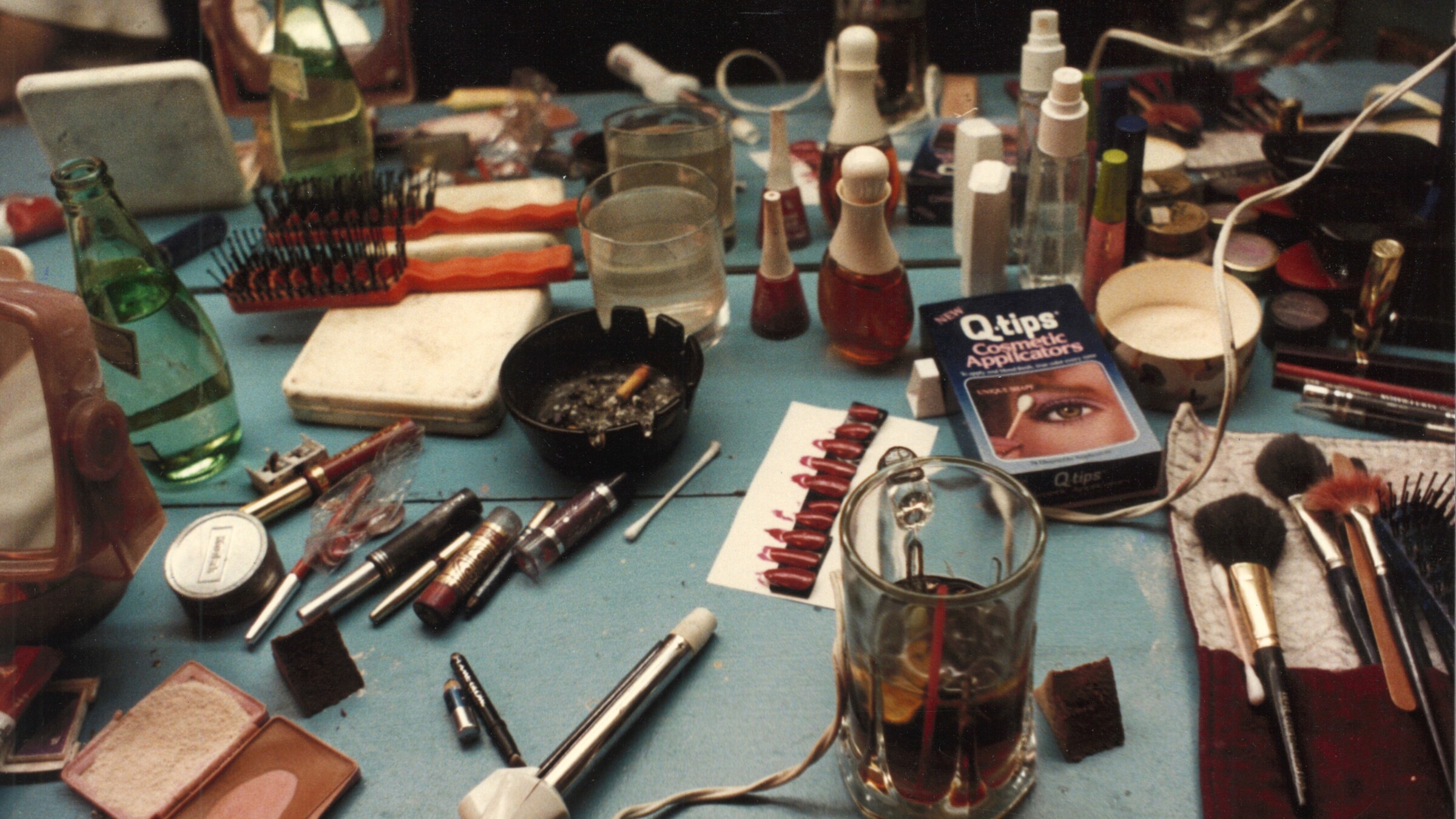 Behind the scenes at Club 219
Behind the scenes at Club 219
recent blog posts
December 17, 2025 | Michail Takach
December 16, 2025 | Michail Takach
December 01, 2025 | Dan Fons
The concept for this web site was envisioned by Don Schwamb in 2003, and over the next 15 years, he was the sole researcher, programmer and primary contributor, bearing all costs for hosting the web site personally.
